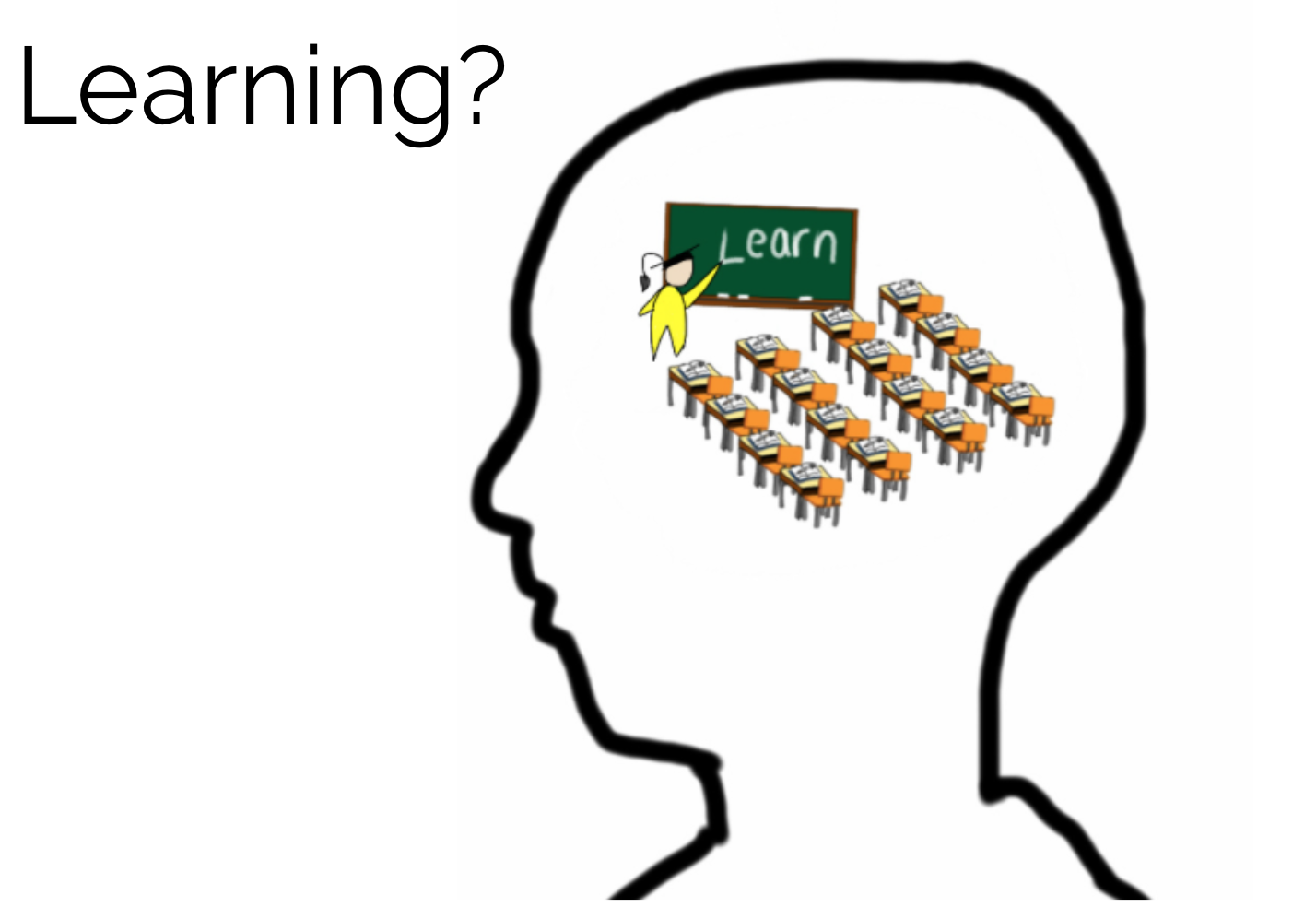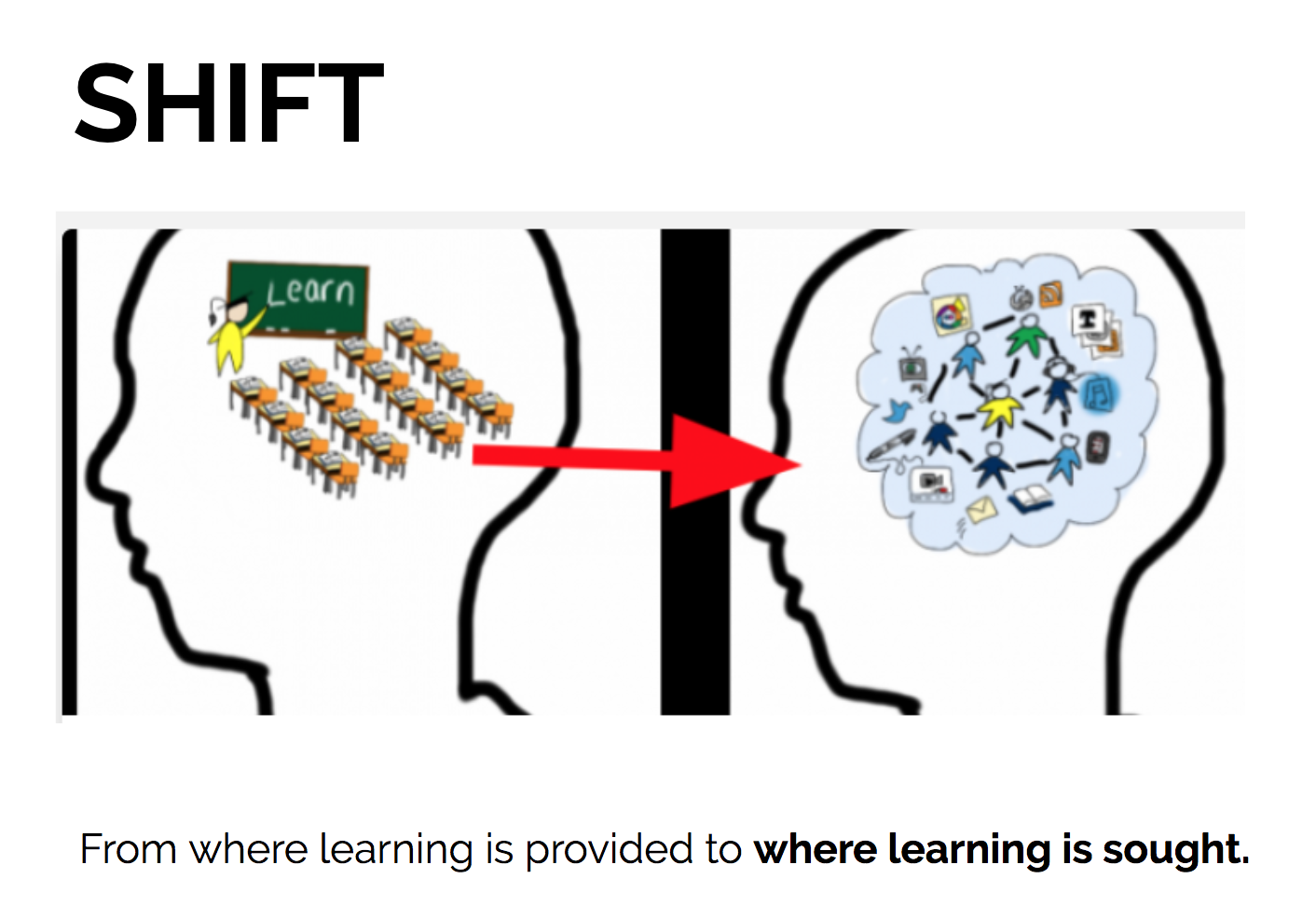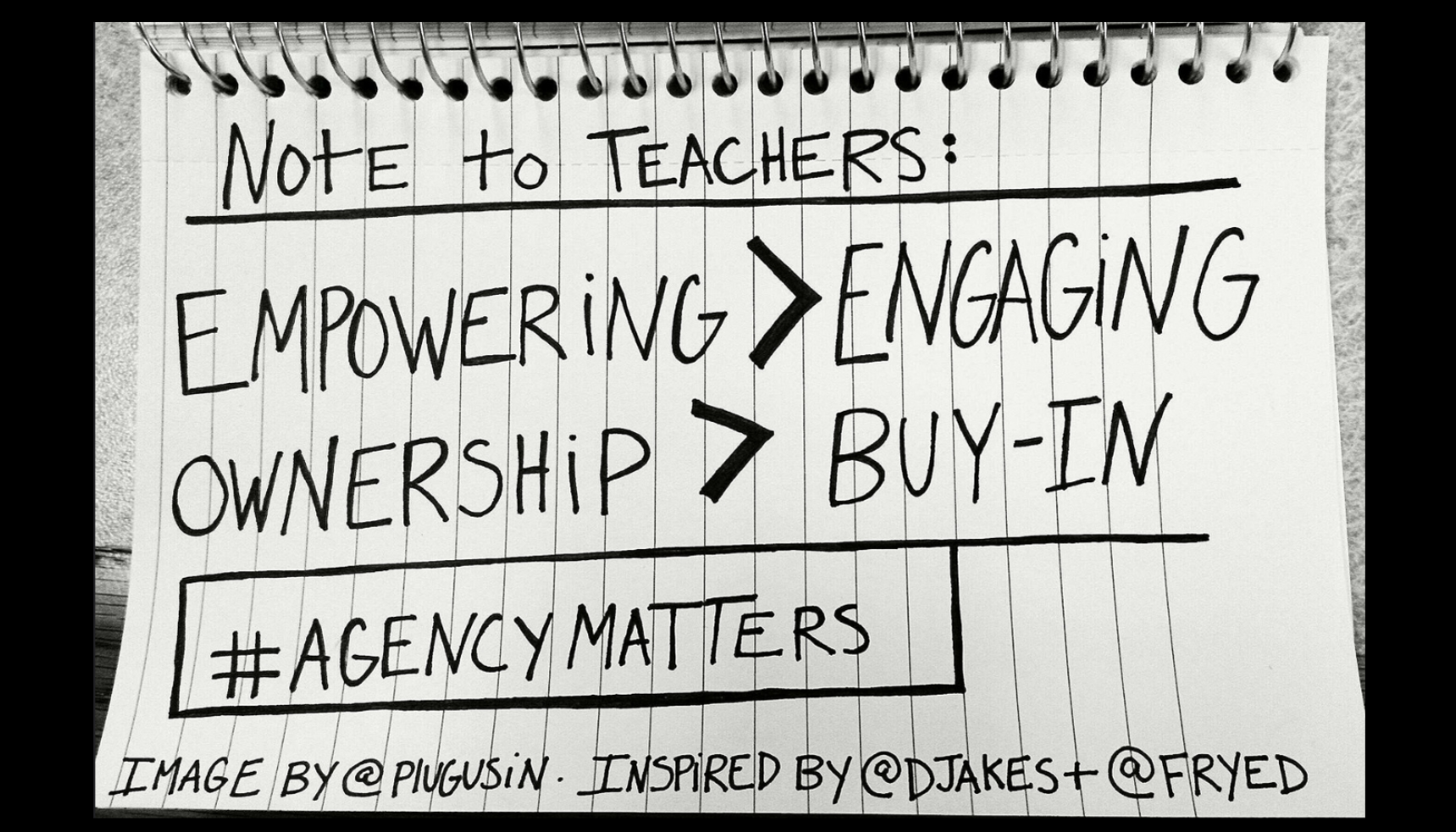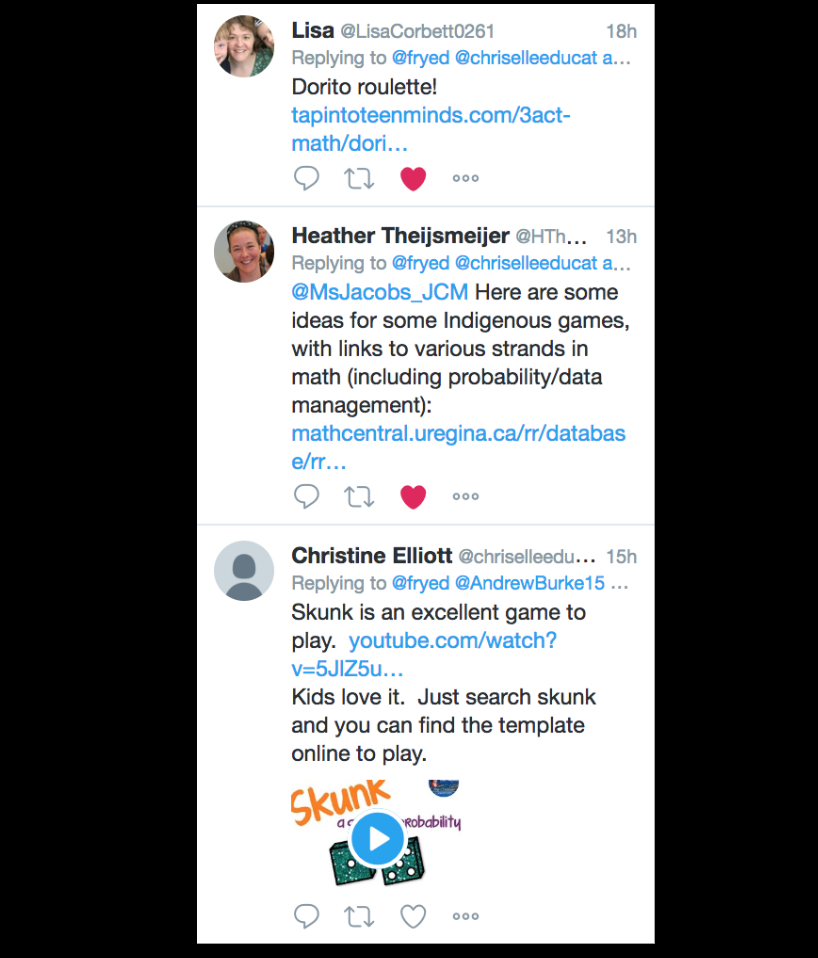Sauerkraut, it it’s day, was a major innovation that saved thousands of lives – the lives of sailors who ate sauerkraut and didn’t get scurvy.
In fact, without sauerkraut, James Cook may never have made it to my current home town of Corner Brook, NL.

Sticking with that food theme, we know that most teachers care deeply about their students, and work very, very hard to package learning into units and modules, lessons and activities. But with all that work, who is doing the learning?

Teachers are like moms and dads, spending hours in the kitchen preparing food with nothing but kindness in mind. And when we try to get kids to eat more, more, more, they protest, they’ve had enough! How many times have you heard parents moan about all the work to cook all the food – and the child only wants to go play outside. Thankless!
Teachers also work SO hard for those thankless students who have no interest in what they are teaching!

It’s content delivery.
Pak Tee Ng described this beautifully at uLead 2015:


Instead of stuffing children, what if we created interesting, curiosity-provoking learning environments, and provided children with the tools to ask good questions and find answers?

How do we support our children in cultivating curiosity and creativity through learning networks? We begin by supporting our teachers to learn in this way.


In our practice, we must consider, who owns the learning. The person doing the work owns the learning. The person doing the talking owns the learning.
Where is student voice in the process? Where is student choice in the process?

One example of student ownership of learning is the Learning Partnerships Entrepreneurial Adventure Program. Recently, our schools shared their learning while they ran businesses that raised money for charity.
One child shared with me what she learned. She learned to depend on her classmates. Even though they didn’t work in the way she thought they should, they did the work their own way and met deadlines. She gained respect and understanding for other ways of working.
Fun Fizzles at E. A. Butler learned through failure. Their first batch of bath fizzers was a complete flop, but their business mentor helped them to regroup, rethink, and create a success story!

Teaching and learning are intricately intertwined.
If there has been no learning, there has been no teaching.

But back to sauerkraut, and James Cook’s successful voyage all the way to Newfoundland!

On the northern peninsula, we have a tiny school named after James Cook. This year, we supported educators in our small remote schools to learn through VoicEd Radio and Twitter.

Recently, Ruth Jacobs (Principal at James Cook Memorial School) asked her newly formed PLN for some help.

Within a few hours, she had 3 responses from educators around Canada.


How do we, as leaders, empower teachers to own their own learning?
Maybe the solution really is sauerkraut.
The problem with sauerkraut is that even though it can prevent scurvy, it doesn’t taste good. As a leader, how could James Cook get his leaders to eat sauerkraut and stay healthy?

The answer was to let only the captain and his inner circle eat it for the first few weeks. By making people think that sauerkraut was SO GOOD it was fit for the captain’s table, surely it was a very special for a sailor to be allowed to try it!
In the same way, leaders who learn all the time, openly, alongside their teachers, demonstrate the very high value they place on learning.
We are a learning organization. Leaders learn, share, and model the importance of challenging thinking.

With the pace of change, we are all newbies every day. Learning IS the work. Learning how to learn, owning our OWN learning, and modelling learning for others is an essential component of leadership in learning organizations.
Our #nledDPAG (Director’s Principal Advisory Group) are working on solutions to student disengagement in grades 7-12. As part of this work we are reading Deep Learning Engage the World Change the World by Fullan, Quinn and McEachen (2018). This is an ongoing reflection on that work.
This post is adapted from a talk to Director’s Principal Advisory Group, St. John’s Newfoundland, June 7, 2018.
Based on the June 6, 2018 post by Seth Godin: Marketing Sauerkraut.

Featured image (wikimedia)
